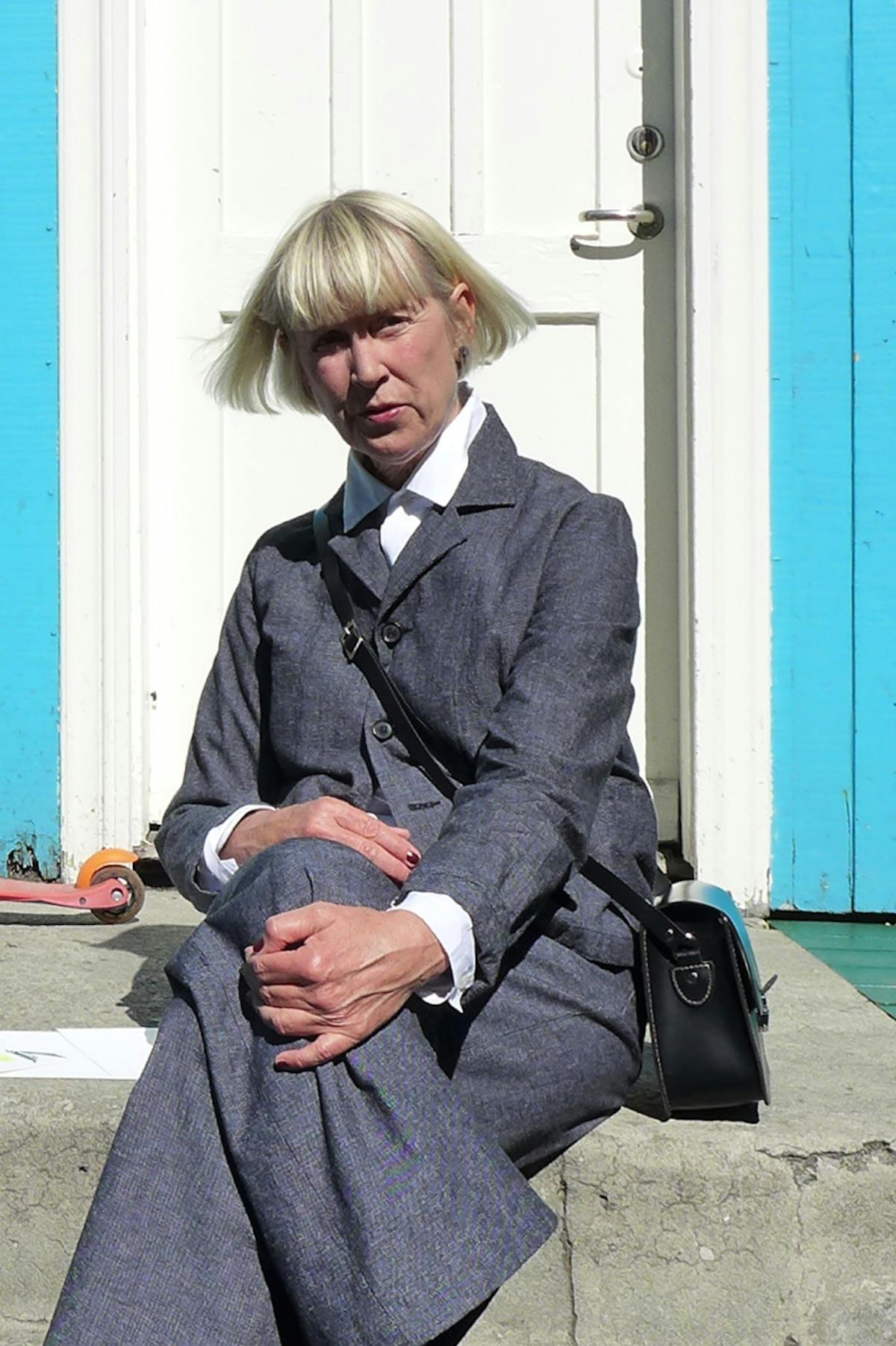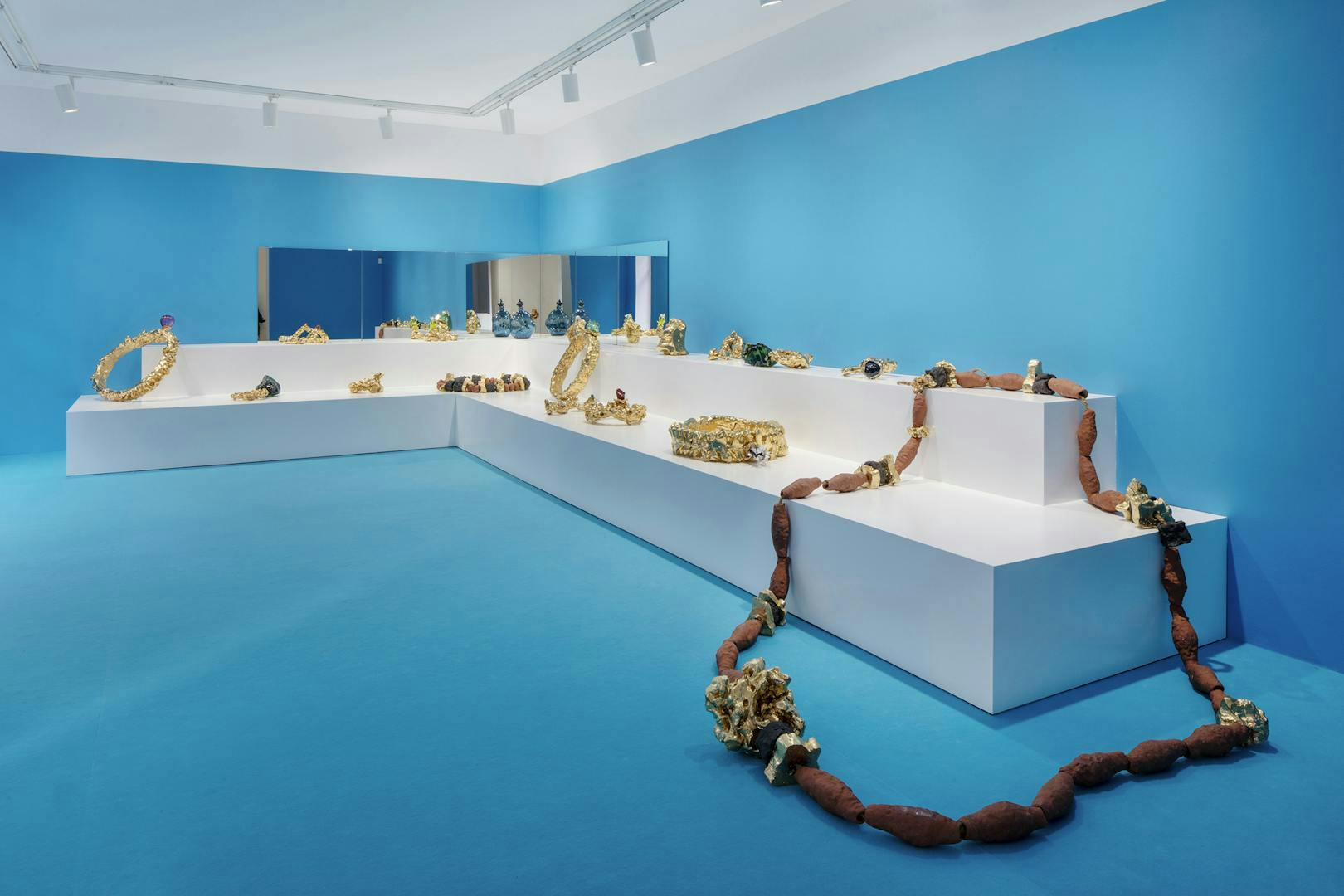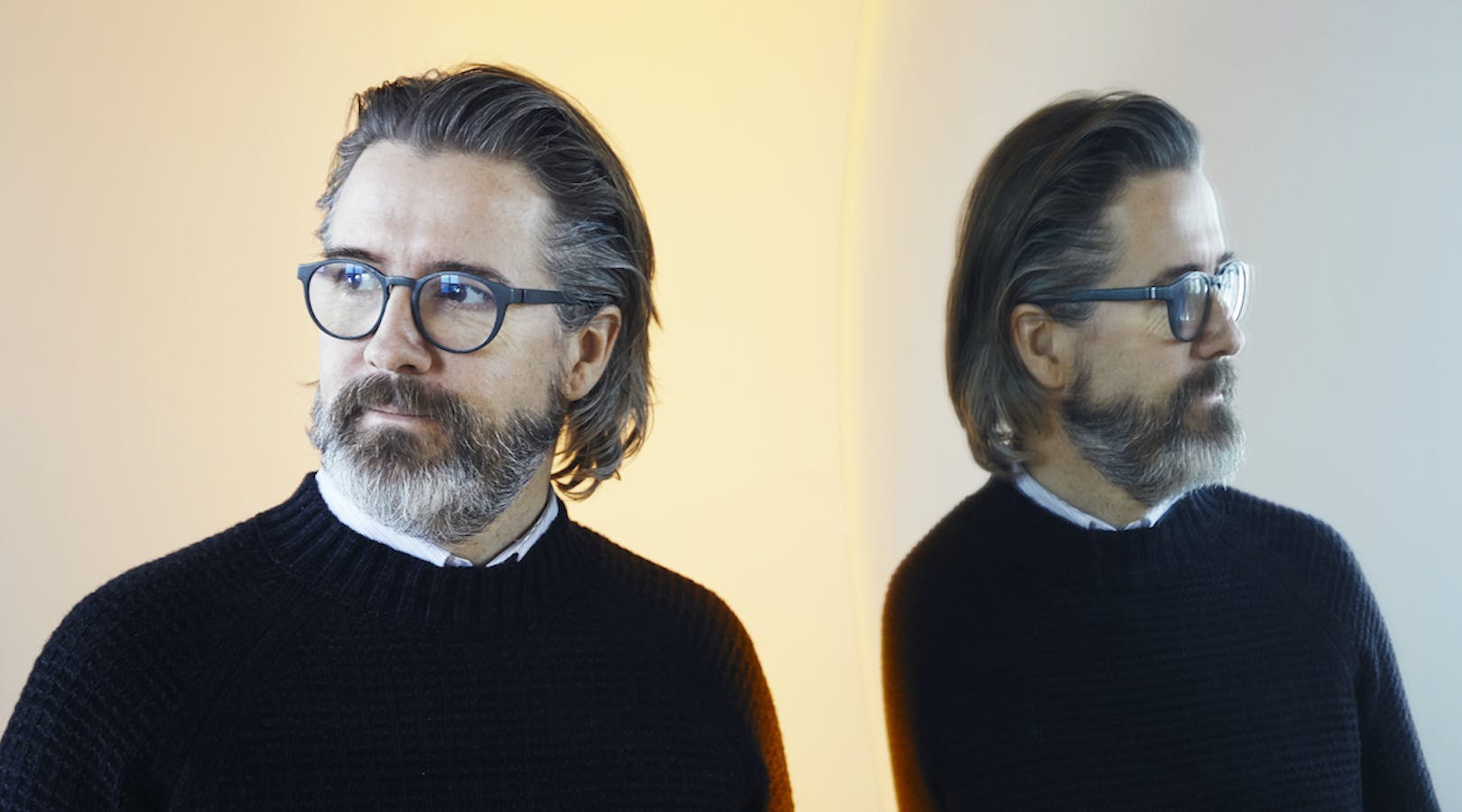A city is much more than a collection of buildings
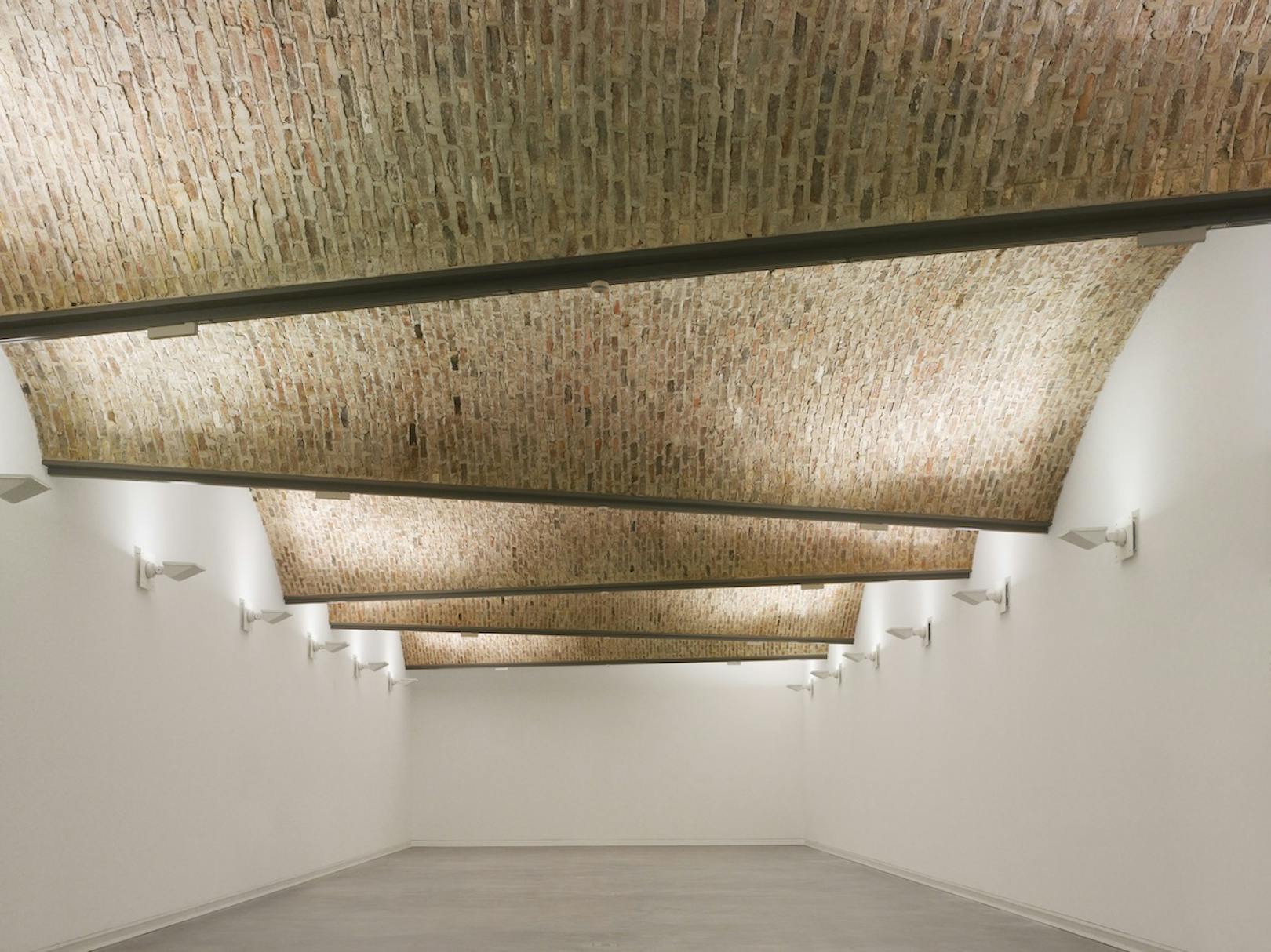
“Architecture becomes ever more exciting, the longer you practise it,” says architect Jórunn Ragnarsdóttir, who runs an award-winning firm in Germany, Lederer Ragnarsdóttir Oei, along with her husband, Arno Lederer, and their long-time collaborator, Marc Oei.
Jórunn was raised in Reykjavík but moved to Germany at a young age to study architecture at the University of Stuttgart; she has worked as an independent architect in Germany ever since. When asked about her role models within the profession, she mentions such names as Sigurd Lewerentz, Le Corbusier, Gunnar Asplund and Giuseppe Terragni – particularly as regards atmosphere, surface textures and the use of materials. She says Swiss architect Luigi Snozzi soon gave her a new vision of the value of her field: “Snozzi taught me that architecture does not require new inventions; rather, it requires understanding and new discoveries. He is a politically minded architect, which I appreciate, since architecture brings together aesthetic values, environmental protection, ecology, economics and politics.”
Erst die Stadt, dann das Haus
According to Jórunn, the ideology of Lederer Ragnarsdóttir Oei is very clear-cut: Erst die Stadt, dann das Haus – which could be translated as: First the City, then the House. “In order to understand and evaluate architecture it is important to recognize the social responsibility of architects, who shape the surroundings and communal property of all citizens and have a marked impact on the welfare and well-being of society as a whole. We all have an equal right to well-designed public spaces, formed by buildings that correspond to their surroundings, cultural history and traditions,” Jórunn explains, adding: “So it isn't the building itself that matters most. The construction of a city through the years and centuries is the foundation for any change, being like a history book that informs us of the life, culture and work of previous generations. Therefore it is important to look for connections and symbols to keep writing the story of the city and strengthening it as a whole. The history of architecture teaches us that it isn't necessary to go off the beaten path to create something that fulfils the needs and wants of a modern society. It doesn't matter whether something is old or new, as long as it is based on ingenuity and skill.”
The outer walls of buildings are the inner walls of the city
The firm's long list of projects includes works of different kinds, but in recent decades, most of them have involved large, public buildings in Germany, a country with a rich tradition of open competitions when it comes to important buildings. “We enter around ten competitions every year, so productivity is high. We choose projects that we feel confident will benefit society and through the years we have mostly designed public buildings such as schools, museums, libraries, theatres and office buildings for various establishments,” Jórunn says.
The firm has won numerous awards and prizes for most of their buildings, most often a mixture of reconstruction, extensions and new buildings, when needed. “When we succeed, it seems as if the buildings have always been there. It's always the whole that matters. A city is much more than a collection of buildings,” Jórunn says and continues: “It is important to strengthen the web of the city and in some ways you might say that the outer walls of buildings are the inner walls of each city, and a city is the interplay of streets and squares, just like an apartment consists of rooms and hallways.”
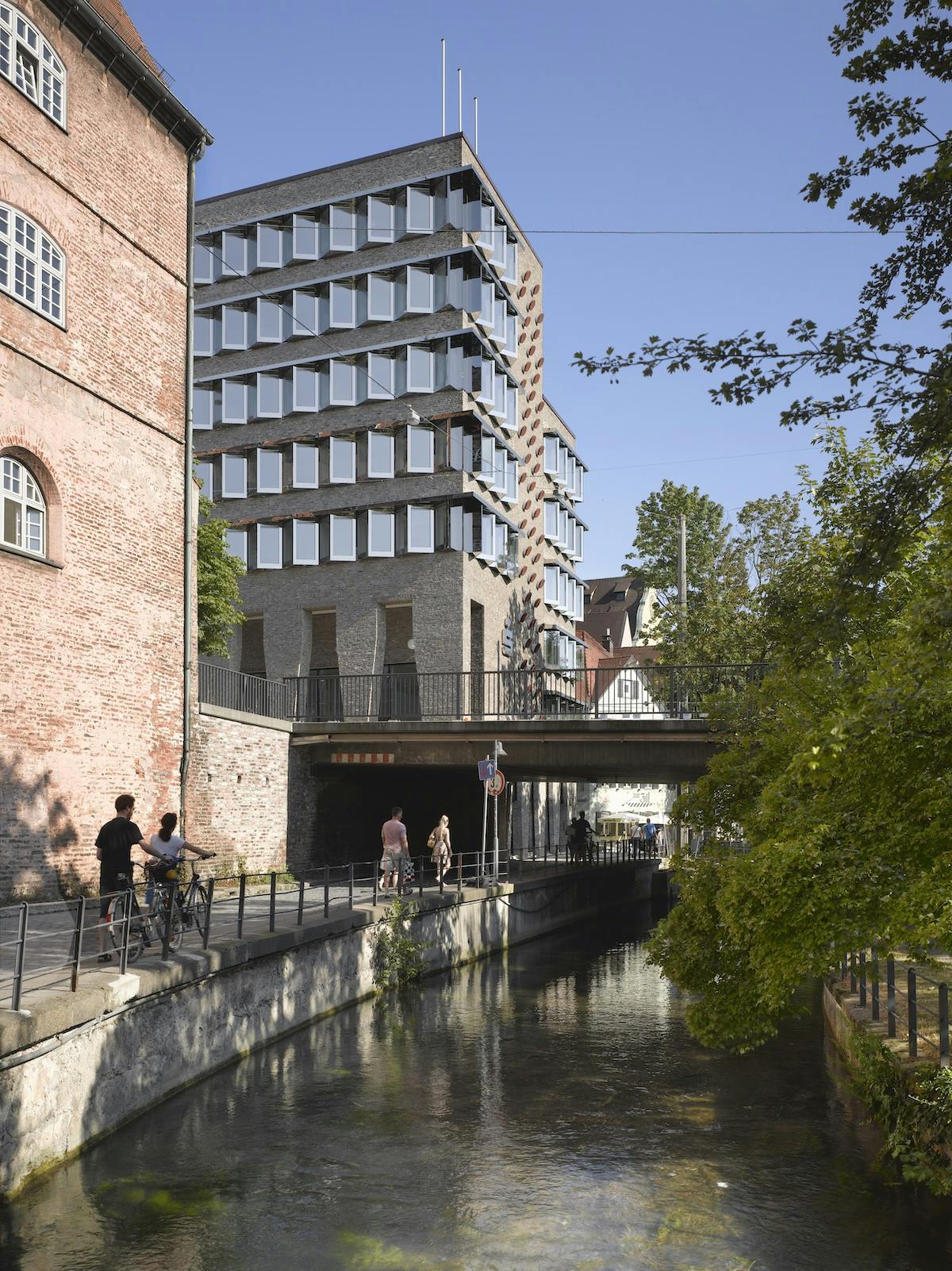
So it isn't the building itself that matters most. The construction of a city through the years and centuries is the foundation for any change, being like a history book that informs us of the life, culture and work of previous generations.
A window is more than just a window
Today, a total of 48 architects work for the firm and Jórunn says its size does not fluctuate; rather, it has grown gradually since it was founded. The firm always handles all designs, proposals, construction and supervision on the building site, which according to Jórunn enables them to design all fixtures of a building. “In order to achieve a strong whole, we design all details, such as handles, light sockets and signage, both indoors and outdoors.” With architecture it is often simplicity that makes a feature stand out, but of course the execution demands a great deal of precision: “A window is more than just a window,” Jórunn says and expands on this: “We place windows where they are needed, both for the inner space and for the connection to the surroundings. The strategic location of windows in buildings enables you to capture natural light, thus creating the right atmosphere, daylight being the best and cheapest tool to shape a space.” She says it is highly important to them to always keep within the financial budget presented at the beginning of each project, and their decades of experience stand them in good stead: “At the end of the day, you save the most money with well-designed floor plans and sections that are based on flexibility, so they can be adapted to different uses each time.”
Jórunn explains that the look and construction of all their buildings adhere to a set of rules and principles they have developed over the years. “We place great emphasis on building houses of longevity, with a timeless look. The outer walls shape the scale and volume of each building, and in order to relate to the building's surroundings, we pick the surface, the size of the foundation and the height of the building in accordance with local conditions,” Jórunn says and mentions the importance of outdoor areas in cities: “We seek to create new outdoor spaces whenever we choose the location and form of buildings. Well-designed squares and gardens are necessary for human interaction and leisure.”

Reuse over recycling
In all their work, the firm places a strong emphasis on the selection and use of building materials, and bricks are a distinguishing feature. “When we choose materials, we always take the environment into account as much as possible. High quality, sturdy surfaces ensure durability, require limited maintenance and increase the well-being of a city's inhabitants. Brick is a material we have been working with for years now. It is processed from natural materials, lasts a long time and maintains its beauty. No building material is better suited for us humans. The breadth, height and length of each brick fits in the mason's hand, while the other hand uses the trowel to affix it with the mortar. In this way, a small unit can become a wall, a pillar, a house or even an entire city.”
As much as possible, Jórunn says, they try to use locally sourced materials, emphasizing the reuse of materials over recycling, a much more energy-intensive process. “The construction industry is forever introducing new materials in order to ensure their own profits. We put our trust in materials that have done a good job for centuries and we are immune to novelties that make empty promises,” Jórunn says, pointing out that frequently, construction costs are incorrectly calculated, since people often forget to take the durability and reconstruction of buildings into account. “We try whenever possible to reuse materials from the buildings that are removed. For instance, we often make the exteriors of walls from natural rock, or use old brick as a surface for outdoor areas or new walls. This makes a great deal of difference, not only from an environmental perspective but also aesthetically, because building materials give you a sense of place and history. It would be very exciting to get the opportunity to build an entire house from reused materials.”
When discussing building materials in an Icelandic environment, Jórunn points out the benefits of systematically using Icelandic materials in Icelandic conditions, prioritizing reuse over recycling. “Of course I would love to design a building in Iceland,” she replies, when asked if she would be interested in doing more work here, having already designed a house in Hafnarfjörður in 2009.
The history of architecture teaches us that it isn't necessary to go off the beaten path to create something that fulfils the needs and wants of a modern society. It doesn't matter whether something is old or new, as long as it is based on ingenuity and skill.
Good collaboration is the foundation for success
Jórunn is selective when it comes to choosing projects but says they are all equally important. “They come to you and what's most important is welcoming them and doing the best you can every time. We place a great deal of emphasis on teamwork and a good atmosphere in our studio and we allocate projects to our staff based on their skills and knowledge. Good collaboration and a positive attitude in all those involved with a project is the foundation for success.”
After forty years working in the field of architecture, Jórunn still feels that she is the right person in the right place. “I am fortunate to have found a lifetime career that is demanding and keeps my innate curiosity alive. Designing a building isn't something you can easily do at the age of 25. That's why it's so difficult to stop, the need to design just keeps increasing; architecture becomes ever more exciting, the longer you practise it.”
The interview was first published in HA07 2018.
